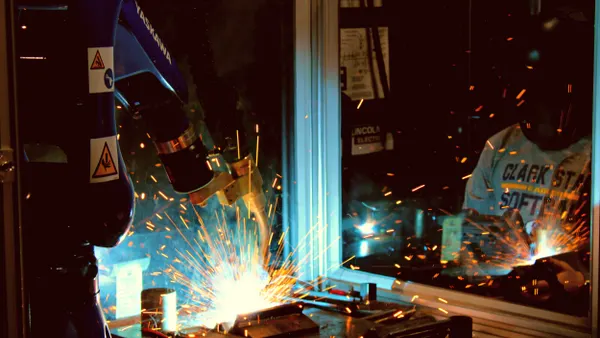For many supervisors, performance evaluations represent a tedious process at best — agonizing at worst. And when managers don't like the procedures, or aren't properly prepared for it, they can derail the whole process.
The good news, however, is that HR remains in the driver's seat. With a solid process in place and various training initiatives for supervisors, employers can set their review process up for success.
A flawed process?
The first step is determining whether you're working with a flawed process. For example, are new hires first introduced to their manager's expectations during their first review? And, if you're using a stock evaluation tool, do managers feel required to "check all the boxes," even if they're irrelevant to the job at hand?
Issues like these can add to the stress for managers, which then sabotages the employer's goals for the process. In a recent survey, more than half of respondents reported rescheduling or delaying evaluations because they didn’t have time to prepare. But when too much time has passed between a problem area and the review, the Growth Divide Study found, 67% of managers will remove the negative feedback from the evaluation — missing out on an opportunity for growth and correction.
"Managers should not wait until once a year to give feedback," John Baldino, president of Humareso, told HR Dive via email; "It never works." Instead, there should be "a drive for constant coaching, because managing performance shouldn't be a once a year opportunity," he said.
"If too much time passes regarding negative feedback, I suggest applying a 'theme' approach with several examples for the best possible coaching or correction outcome," Rachel Ernst, Reflektive’s head of employee success, told HR Dive in an email. "Don’t personalize it too much because you won’t be able to effectively connect the issue with a single event or trigger when too much time that has passed."
Delaying reviews altogether can be just as problematic. "That becomes a cultural and trust related issue," Baldino said. "If employees have an expectation that is being met for feedback measurement so they know how they're doing and you delay that, you aren't holding up your end of the bargain." And any breakdowns in trust could lead to a siloed (and thus less effective) work environment.
Getting it right
The first step is ensuring good communication. "Good feedback is defined as frequent, clear and specific," Ernst said. "Employees are seeking quality feedback they can act upon. This includes examples of good/bad behavior, and clear expectations moving forward." The challenge for employers is to ensure their managers have the skills to communicate corrections and expectations in a manner that motivates rather than upsets. Training is key to giving managers the skills they need to approach the review process with confidence; it can help them stop procrastinating, as well.
Baldino agreed that businesses all too often assume that staff can communicate effectively, particularly in situations that can be stressful. "As businesses, we often think that everyone should automatically know how to do it and that isn't the case," he said. "Companies have to take the initiative to teach employees how to communicate as a business."
It's also important to train managers to understand the difference between performance evaluations and feedback. Feedback, particularly corrective, should be ongoing and encouraging. Waiting to provide instruction not only ignores the bad habit, it makes it more difficult to change. Performance evaluations should take on the role of an overview of the past and a look to the future. Where has the employee seen (and hopefully overcome) challenges? What opportunities does the coming year hold and what steps can be taken to grow and develop?
To accomplish this, structure is key. Ernst recommends a performance calendar with clear dates on goal setting, updating and conversations. Transparency, clarity and organization help the employee understand that you’re partnering in their success and growth. "Conduct periodic check-ins to discuss goals progress and create coaching moments," Ernst said. "Educate employees on how to give and receive feedback, and how to write clear and measurable goals."
Finally, implicit bias training may be necessary. Bias in the review process has been examined at length. One study found as much as 62% of a rating is based on the rater’s judgment, not the person being evaluated. Gender bias may also be at play: another study found critical feedback in 90% of reviews for women, but only 60% of reviews for men. Training managers to recognize bias in the workplace as well as in the review process could be mission-critical. "Everyone has unique performance expectations," Ernst said, "but should be treated equally in terms of engagement standards."
As challenging as the review can be, the responsibility remains with employers to manage the process so that it motivates, rather than deflates. Otherwise, managers who lack sufficient training will be on the front line of a no-win situation.




















